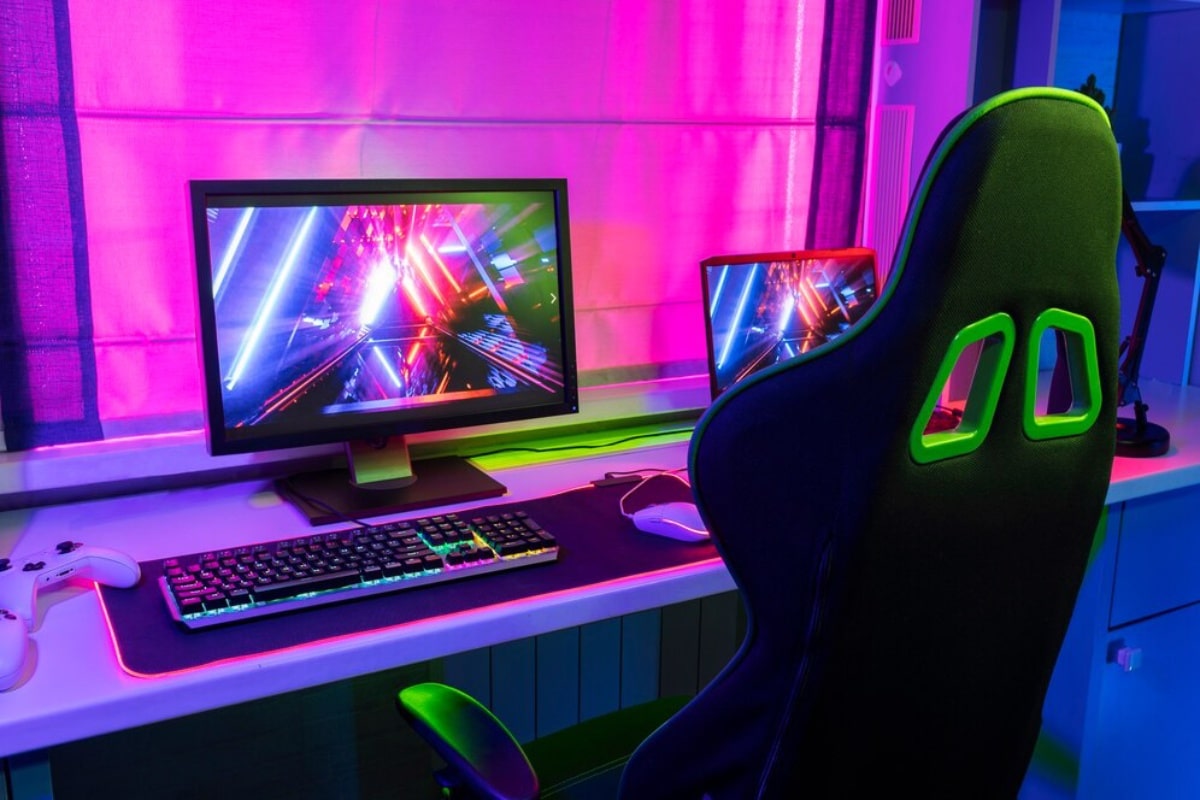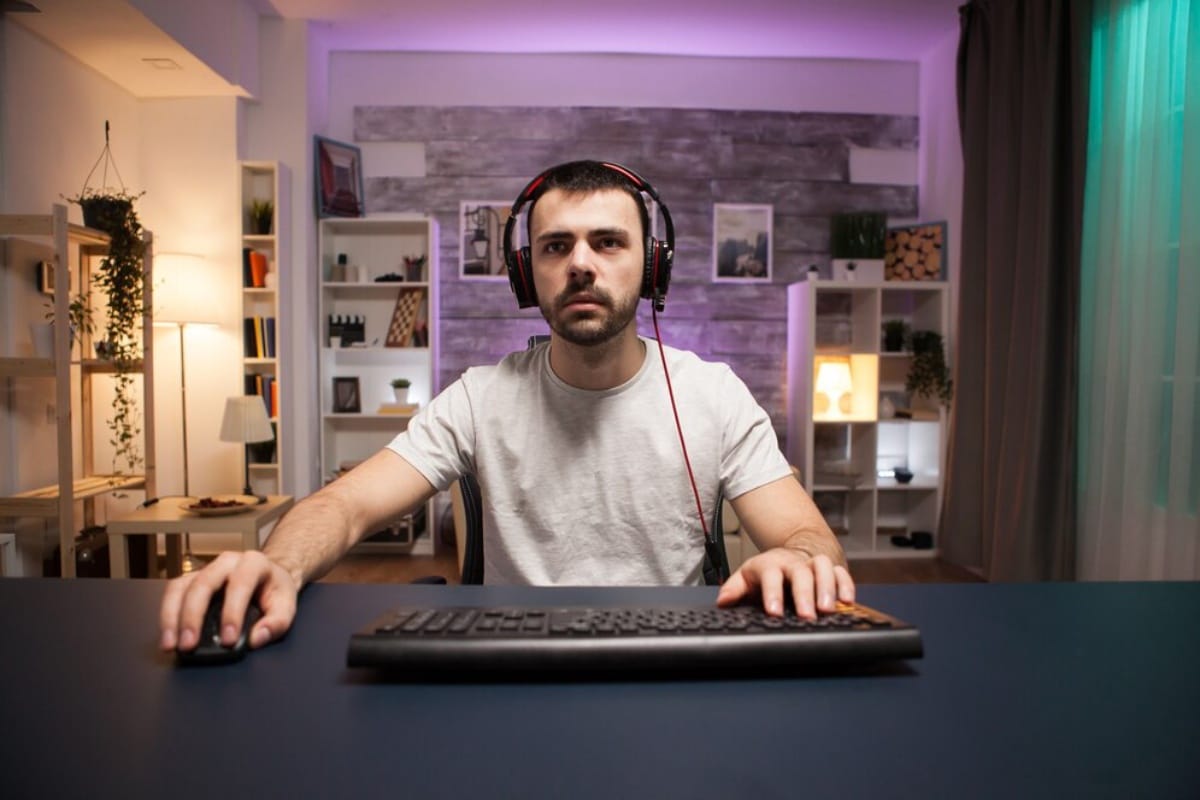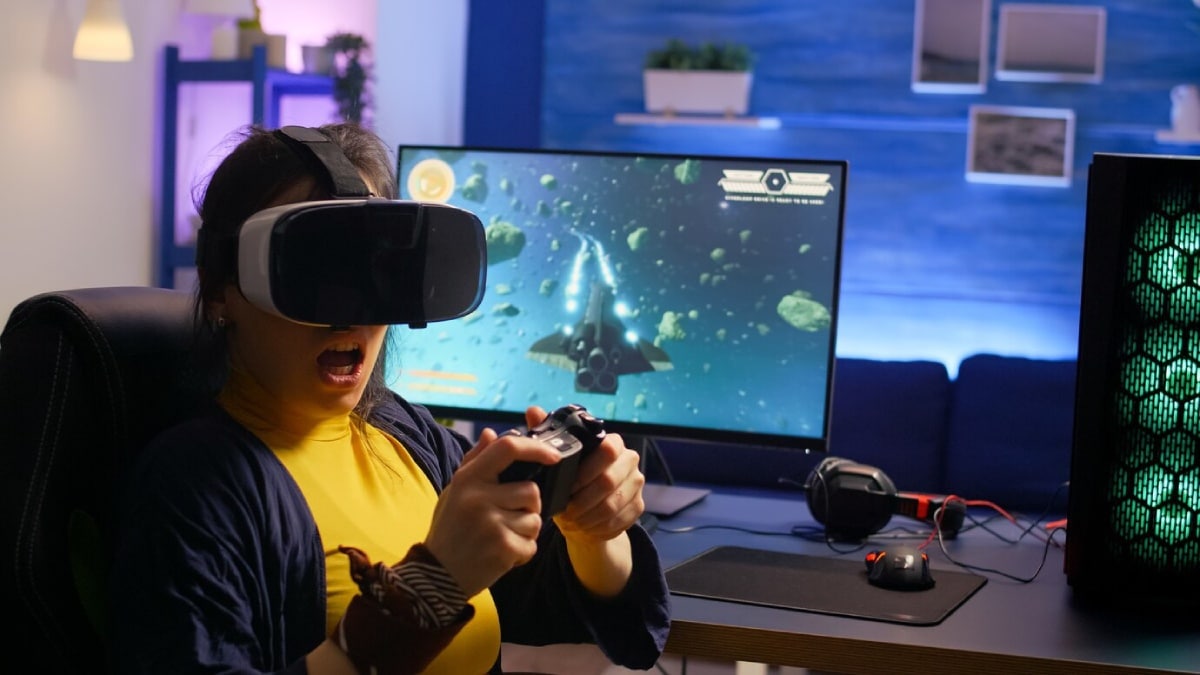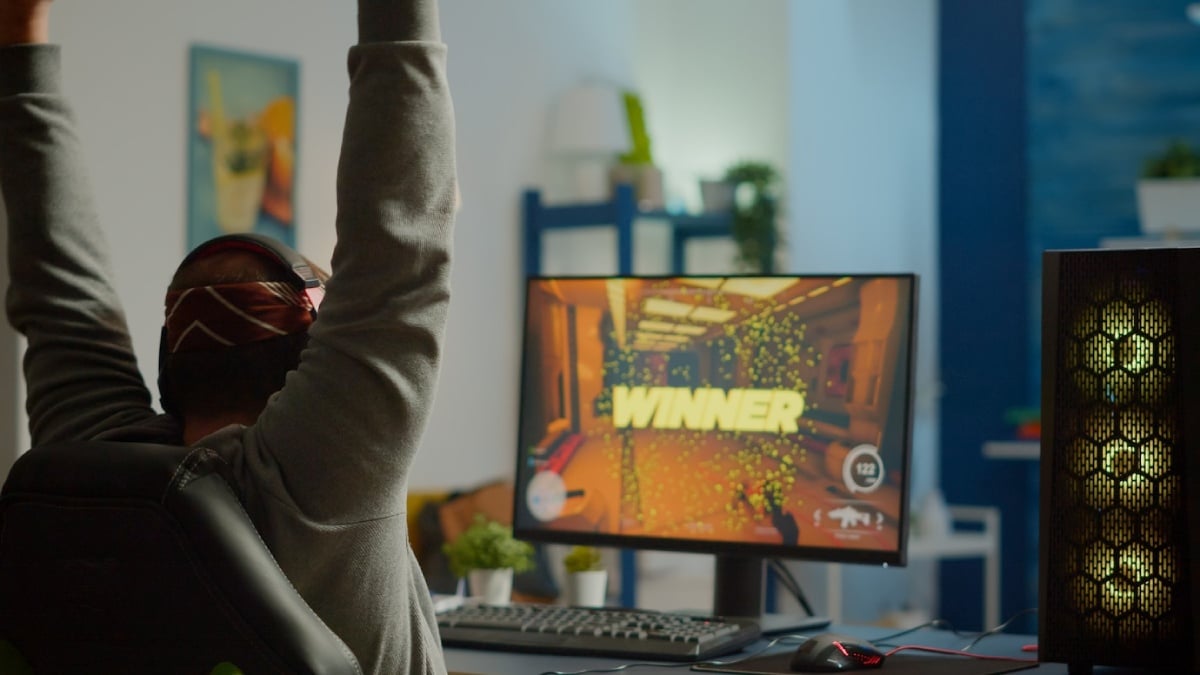
Choosing the Right Monitor Size for Gaming
You’ve spent weeks fine-tuning your setup — powerful GPU, fast refresh rate, immersive audio — but your monitor? That’s the one element most gamers overlook. And yet, it can make or break your experience.
Size plays a massive role in how games feel. Go too small and you lose detail. Go too big and you’ll be swinging your head like you’re watching tennis. The best screen size for gaming isn’t about bragging rights — it’s about balance, comfort, and the right kind of immersion.
Whether setting up for casual RPGs, fast-paced shooters, or a multi-monitor sim rig, this gaming monitor size guide will help you choose wisely. We’ll discuss how screen size impacts performance, viewing distance, desk space, and genre-specific experiences. Plus, we’ll give you insider monitor buying tips to help you make a wise, informed choice.
Let’s get started.
Why Monitor Size Matters in Gaming
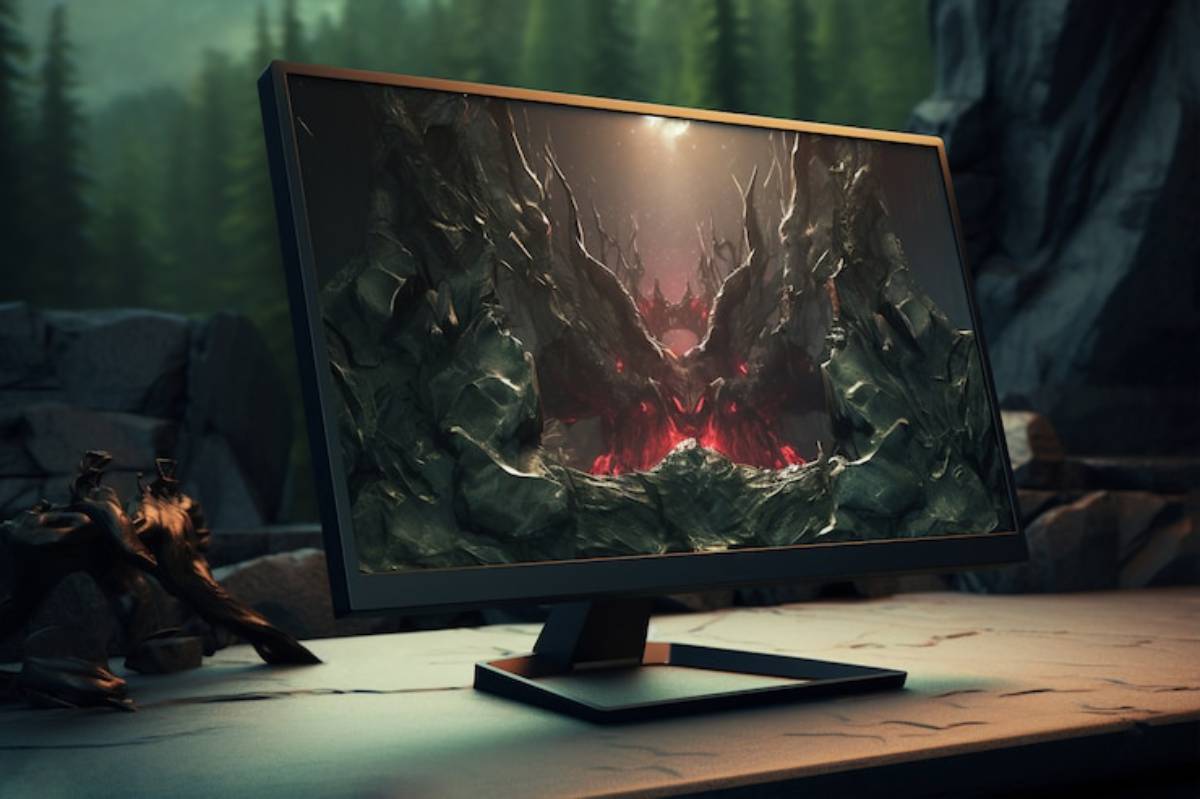
It’s Not Just About How Big It Looks
When most people think about screen size, they think about cinematic immersion or “wow” factor. But in gaming, your monitor size affects:
- Field of vision and reaction time
- Pixel density and clarity
- How far are you from the screen
- Overall comfort during long sessions
A massive monitor can feel overwhelming if you sit too close, while a tiny one can feel underwhelming, mainly if you’re used to vibrant, detailed visuals.
This is why the right monitor size isn’t about “more” — it’s about what works best for you.
Understanding Monitor Size: The Basics
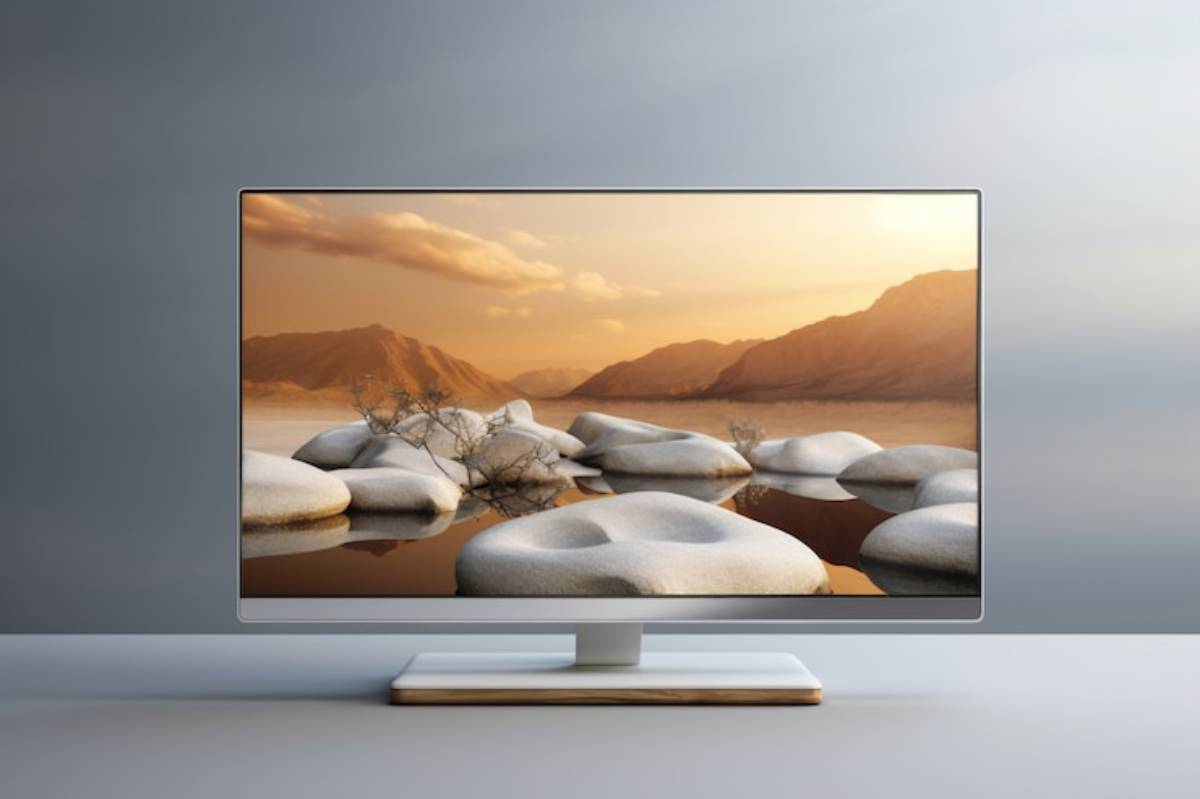
What Does “Inches” Mean in Monitor Sizing?
When we talk about screen size, we’re referring to the diagonal measurement from one corner of the screen to the opposite corner, not the width or height.
So, a 24-inch monitor doesn’t mean 24 inches across. It’s roughly:
- 20.9 inches wide
- 11.7 inches tall (for a 16:9 display)
Always match screen size with resolution. A large screen with low resolution will look blurry, while a smaller screen with high resolution might look overly compressed or cramped.
How Viewing Distance Affects Ideal Size
The further you sit from your screen, the larger you can go without straining your eyes or constantly moving your head.
Here’s a rough size-to-distance guide:
| Screen Size | Ideal Viewing Distance |
| 24″ | 60–80cm |
| 27″ | 70–90cm |
| 32″ | 80–100cm |
| 34″+ | 1 metre+ |
Think of it like watching a film—if you’re too close to a big screen, you’ll quickly become uncomfortable.
Best Screen Size for Different Gaming Styles
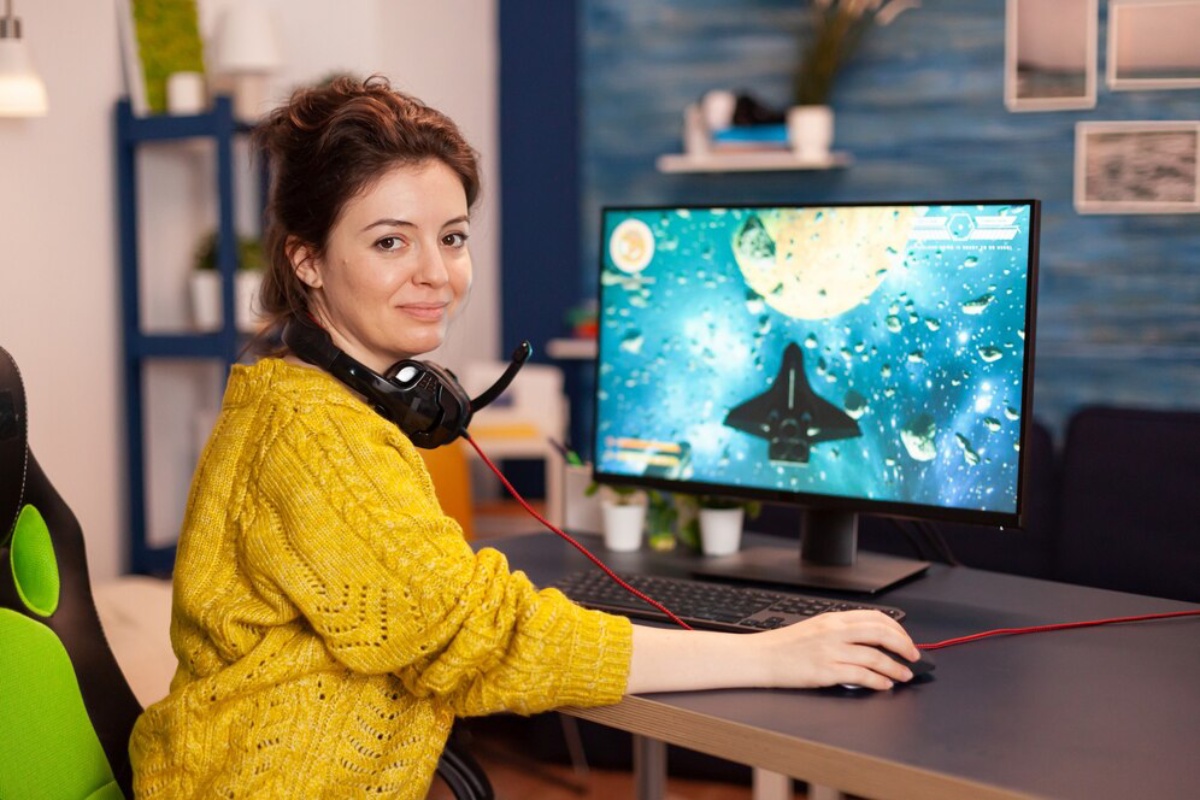
Let’s match the right screen size to how you game. Not all genres benefit equally from the same setup.
FPS and Competitive Gaming
Recommended Size: 24–25 inches
Why: Smaller screens keep everything within your line of sight. You can track opponents and make snap decisions faster without eye strain.
Popular Monitors:
- ASUS VG259QM (24.5″, 280Hz, fast IPS)
- BenQ Zowie XL2546K (24″, 240Hz, TN panel)
Pro Tip: Most esports pros still use 24–25″ monitors. The focus is on speed, clarity, and head movement minimisation — not cinematic visuals.
Story-Driven and RPG Games
Recommended Size: 27–32 inches
Why: More screen real estate enhances world-building, environmental design, and immersion.
Popular Monitors:
- LG UltraGear 27GP850-B (27″, QHD, 165Hz)
- Samsung Odyssey G7 (32″, QHD, curved)
Pro Tip: Combine with a high-resolution panel (QHD or 4K) for rich textures and detail.
Racing, Simulation & Flight Games
Recommended Size: 32″+ or UltraWide (34″+)
Why: A wide field of view mimics real-world peripheral vision. Curved monitors excel here, wrapping the screen around your line of sight.
Popular Monitors:
- Samsung Odyssey Neo G9 (49″, 32:9, Mini LED)
- LG 34GN850-B (34″, 21:9, UltraWide QHD)
Pro Tip: If you have the space and GPU power, go wide—but ensure your game supports 21:9 or 32:9 aspect ratios properly.
Strategy and Simulation (RTS, City Builders)
Recommended Size: 27–34 inches
Why: These games benefit from bigger displays for UI space and map overviews. A larger screen makes multitasking and unit management easier.
Popular Monitors:
- Dell S2721DGF (27″, QHD, great colour)
- AOC CU34G2X (34″, UltraWide, 144Hz)
Pro Tip: You’ll benefit from split-screen tools and multitasking features here, especially useful for YouTube guides and second-screen research.
Resolution vs Size: Finding the Sweet Spot
Screen size is only half the equation. Resolution (the number of pixels) plays a key role in image sharpness.
Here’s a quick compatibility chart:
| Screen Size | Minimum Ideal Resolution |
| 24″ | 1080p (Full HD) |
| 27″ | 1440p (QHD) |
| 32″+ | 1440p or 4K |
| 34″+ UW | 3440×1440 or higher |
Important: 1080p on a 32″ screen will look noticeably pixelated up close. Always match size with resolution to maintain clarity.
Curved vs Flat Monitors: Does It Affect Size Choice?
Many larger monitors now come curved, especially from 27″ upwards. Why?
Curved panels reduce the strain of wide viewing angles by wrapping the edges of the screen slightly toward your eyes. This:
- Enhances immersion
- Reduces eye fatigue
- Helps keep the entire screen in your peripheral vision
Curved is often better for 27″+ monitors, but it makes little difference for anything 24″ or smaller.
Space, Comfort, and Ergonomics
Measure Your Desk
Don’t just guess — grab a tape measure. A 32″ monitor might fit width-wise, but will it leave room for your speakers, mousepad, or monitor arm?
Consider Stand Height and VESA Mounts
Larger monitors can sit relatively low or take up more vertical space. If you’re tall or like to align your monitor with eye level, check the stand height or plan to mount it.
Think About Neck and Eye Movement
Gaming on a massive screen at a short distance can feel like watching tennis — not ideal for reaction-based games.
Ideal tip: The monitor’s top edge should be at or below eye level when sitting straight.
Budget Talk: Bigger Costs More (But Not Always Better)
- 24–25″ 1080p: £100–£250
- 27″ QHD: £250–£400
- 32″ QHD or 4K: £350–£600
- UltraWide 34″+: £400–£1,200+
Don’t blow your budget just for inches. A smaller, faster, colour-accurate monitor often outperforms a big, sluggish one.
Real-World Example: Dan’s Dilemma
Dan, a casual gamer from Manchester, was torn between a 27″ QHD monitor and a 34″ UltraWide. “I play a lot of Elder Scrolls and some CS2 with mates,” he shared.
He chose the 27″ LG UltraGear. Why? “I realised I don’t have room for a 34″, and honestly, the 27″ feels perfect. I’m not overwhelmed, and the image is super sharp. I also still dominate my CS matches,” he laughs.
Lesson? Know your space. Know your habits.
Conclusion: The Right Size Makes All the Difference
Finding the best screen size for gaming isn’t about choosing the most prominent display in the shop. It’s about balance — the right combination of size, resolution, genre, space, and comfort.
Whether you’re after a compact 24″ monitor for competitive play or a curved 34″ UltraWide for sweeping landscapes and immersion, the right choice will elevate your gaming experience.
Key Takeaways:
- 24–25″ = ideal for FPS and esports
- 27–32″ = perfect for versatile gaming and visuals
- 34″+ UltraWide = unbeatable for sim and story-driven games
- Match resolution to size — don’t skimp here
- Always factor in your desk space and seating distance
